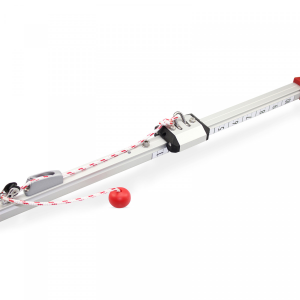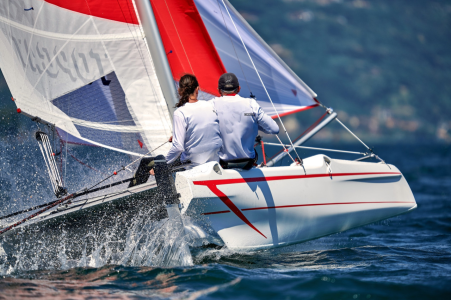zoidberg
Well-known member
Several years ago I sailed a season on the successful Farrier FX-9 tri 'Triohe'. That boat had no conventional boom, instead using a grp batten along the sail-foot and the multi-part mainsheet attaching directly to the sail's clew.
I know that wasn't the world's first example of a boomless mainsail, but what do the more experienced and contrarian among us consider to be the pros and cons of trying the same 'bottom batten' trick on a conventional fully-battened mainsail...?
I know that wasn't the world's first example of a boomless mainsail, but what do the more experienced and contrarian among us consider to be the pros and cons of trying the same 'bottom batten' trick on a conventional fully-battened mainsail...?


